Irish Food: Basic Overview
Common Ingredients
Common Cooking Methods
Courses
Meals
Key Taste
Eating Etiquette
Meal Presentation
Culinary Festivals
Influence and Fusion
Popular Types of Irish Food
-
Cakes and Pastries
Irish cakes and pastries range from sweet to richly flavored, often incorporating fruits, spices, and sometimes alcohol.
These baked goods, from light and airy to dense and moist, celebrate Ireland’s culinary traditions and seasonal festivities.
-
Desserts
Irish desserts blend simplicity with indulgence, often featuring ingredients like bread, milk, and seasonal fruits.
Traditional methods, such as boiling, give rise to comforting desserts that are both easy to prepare and deeply satisfying.
Seasonal fruits and spices add layers of flavor, making these desserts a delightful end to any meal.
-
Fried Dishes
From breakfast items to late-night snacks, the use of frying introduces a crisp texture and deep flavors to traditional ingredients.
Pork products, like sausages and bacon, transform into beloved breakfast components, while potatoes and other vegetables are often fried to create side dishes that are both simple and satisfying.
-
Bread And Doughs
Irish bread and doughs are fundamental to the nation’s culinary identity, ranging from quick breads to more elaborate baked goods.
The use of baking soda as a leavening agent is a hallmark of Irish baking, resulting in breads that are quick to prepare and possess a distinctive texture.
Ingredients like buttermilk and wholemeal flour lend these breads a wholesome quality.
Irish dishes are culinary creations widely consumed in Ireland, a country located in north-western Europe. Ireland, known as the Republic of Ireland, occupies most of the island of Ireland, with its capital and largest city being Dublin.
The country is known for its rich history, cultural heritage, and scenic landscapes, bordered by the Atlantic Ocean, the Celtic Sea to the south, St George’s Channel to the southeast, and the Irish Sea to the east. It shares its only land border with Northern Ireland, a part of the United Kingdom.
The temperate climate of Ireland supports the farming of various crops and livestock, which form the basis of many Irish dishes. The introduction of the potato in the late 16th century had a profound impact on Irish cuisine, making it a staple ingredient in many traditional recipes.
Setting off on a gastronomic exploration, I’ll walk you through the vibrant world of Irish culinary traditions, tracing their historical origins and highlighting the festive significance of various dishes. You can also discover the famous drinks that beautifully accompany these dishes.
Let’s dive into 26 of Ireland’s most beloved dishes, sorted by how popular they are:
25 Most Popular Irish Dishes with Filters
Venture into the world of Irish dishes, utilizing the filter system to have a look at these specialties in alphabetical order, tastes, ingredients, dish types, cooking methods, and global popularity.
Furthermore, I’ll provide you with some culinary styles in Ireland, including options like the most popular, national, traditional, and street food dishes:
Irish Stew
- National
- Traditional
Irish stew is a traditional dish from Ireland that primarily consists of lamb or mutton, potatoes, onions, and parsley, with carrots sometimes included. The dish is characterized by its use of root vegetables and meat, often mutton due to its affordability and availability in the past.
iriiriThe stew is slow-cooked, allowing the flavors of the ingredients to meld together beautifully. Variations of the dish include different types of meat, such as beef or even goat, which was believed to be the original meat of choice.
Irish stew is celebrated as a national dish of Ireland and is particularly enjoyed during colder months and on festive occasions.
Shepherd’s Pie
- Traditional
Shepherd’s pie, also known as cottage pie when made with beef, is a savory dish originating from Britain and France.
irishIt consists of a layer of minced meat, typically lamb for Shepherd’s Pie and beef for Cottage Pie, cooked with onions and gravy. This meat layer is then topped with mashed potatoes and baked until the top is golden and crisp.
Variations of this dish include the Cumberland pie, which adds a layer of breadcrumbs or cheese on top, and the Shepherdess pie, a vegetarian version that substitutes meat with lentils or vegetables.
Breakfast Roll
- National
- Street Food
Breakfast roll is an Irish culinary staple, consisting of a bread roll filled with traditional fried breakfast items such as sausages, bacon, eggs, and hash browns, often accompanied by butter, mushrooms, tomatoes, and sauces like tomato or brown sauce.
Popular across Ireland, it’s available in convenience stores, supermarkets, and petrol stations, catering to those needing a hearty meal on the go. Its popularity even inspired a chart-topping novelty song, highlighting its significance in Irish culture, especially during the Celtic Tiger era.
Irish Soda Bread
- Traditional
Irish soda bread is a simple, quick bread from Ireland, made with just a few basic ingredients: flour, baking soda (used as a leavening agent), salt, and buttermilk.
The reaction between the acidic buttermilk and the alkaline baking soda creates carbon dioxide bubbles, giving the bread its distinctive texture.
Unlike many other breads, Irish soda bread does not require yeast, kneading, or a lengthy rising time, making it quick and easy to prepare. In some regions, the bread is made in a flat, round shape and then divided into quarters, known as “farls.”
Irish soda bread is often associated with St. Patrick’s Day but is enjoyed year-round as a staple part of the Irish diet.
Irish Breakfast
- Traditional
Irish Breakfast, often referred to as a “Full Irish,” is a substantial meal that typically includes a variety of components such as fried eggs, sausages, bacon (rashers), black and white pudding, tomatoes, and mushrooms. It often comes with slices of soda bread or toast.
Variations include baked beans, hash browns, or liver. The Irish Breakfast is a staple in Irish daily life, especially as a hearty start to the day or a restorative meal after a night out.
Guinness Pie
- Traditional
Guinness Pie, often referred to as Steak and Guinness Pie, is a savory dish from Ireland that incorporates Guinness Stout, along with steak, onions, and sometimes bacon, into its filling.
This hearty pie is encased in a pastry shell, creating a rich and flavorful meal. While the dish is enjoyed year-round, it is particularly associated with cozy, comfort food menus and can be a festive choice for gatherings.
Bacon and Cabbage
- Traditional
Bacon and Cabbage is a quintessential Irish dish that features slices of back bacon boiled alongside cabbage, with potatoes often added to the pot. The dish is known for its simplicity and heartiness, making it a staple in Irish homes.
Smoked bacon can also be used for a deeper flavor. It’s typically served with the bacon cut into slices and accompanied by some of the cooking broth, and often a white sauce made from flour, butter, and milk, flavored with parsley.
This dish is a reflection of Ireland’s agricultural past, where families would have readily available ingredients from their own farms.
Corned Beef and Cabbage
- Traditional
Corned beef and cabbage is a dish often associated with Irish cuisine, especially in the United States around St. Patrick’s Day. The dish consists of corned beef, which is beef cured in a salt brine, cooked with cabbage.
In Ireland, the traditional bacon and cabbage would more commonly be eaten, but Irish immigrants in the United States began substituting corned beef, which was more readily available and affordable.
This adaptation has led to corned beef and cabbage becoming a popular meal in the U.S. to celebrate Irish heritage, particularly on St. Patrick’s Day.
Bangers and Mash
- Traditional
Bangers and mash is a classic British dish that has also become a staple in Irish pubs and households. It consists of sausages (“bangers”) served with mashed potatoes (“mash”).
The sausages used can be made from pork, beef, or lamb, and are often flavored with herbs and spices. The dish is commonly accompanied by onion gravy, fried onions, or peas, adding to its hearty nature.
Bangers and mash is particularly popular as a comfort food and is often found in casual dining establishments and pubs.
Seafood Chowder
- Traditional
Seafood chowder is a creamy, hearty soup that’s a staple in coastal regions of Ireland, where fresh seafood is abundant. The base typically consists of milk or cream, potatoes, onions, and a variety of seafood such as shellfish, salmon, and white fish, making it rich and filling.
Common variations include the addition of smoked fish for depth of flavor, different types of shellfish, and vegetables like carrots and celery. Herbs such as thyme and parsley are often used to season the chowder.
Seafood chowder is particularly popular during colder months and is a common feature in pubs and restaurants along the coast. It’s also a festive dish served at celebrations and family gatherings.
Boxty
- Traditional
Boxty is a traditional Irish potato pancake, made from a mixture of grated raw potato and mashed potato combined with flour, baking soda, buttermilk, and sometimes egg. The batter is fried in a pan, similar to a pancake.
Boxty can be served in various forms, including boiled like dumplings, baked in a loaf, or pan-fried as thin pancakes. Common variations include adding ingredients such as scallions or garlic to the batter for additional flavor.
Boxty is traditionally associated with the northwest counties of Ireland and is often linked to folklore and customs
It has long been a staple of St Brigid’s Day, which celebrates the start of spring. It is also particularly celebrated on Boxty Day.
Irish Brown Bread
- Traditional
Irish brown bread is a wholesome, dense bread made primarily with wholemeal flour, often including wheat or sometimes other grains. It’s known for its hearty texture and nutty, rich flavor, making it a staple in Irish households.
The bread is typically leavened with baking soda, which reacts with buttermilk to give the bread a slight rise, distinguishing it from more heavily yeasted bread. Variations include the addition of oats, seeds, or molasses for added texture and flavor.
Irish brown bread is commonly served alongside soups and stews, with butter, or as part of a traditional Irish breakfast. It’s enjoyed year-round but holds a special place at gatherings and meals, particularly in rural areas.
Colcannon
- Traditional
Colcannon is a traditional Irish dish consisting of mashed potatoes mixed with cabbage or kale, often enriched with butter and milk. It’s a simple, hearty fare that can include additional ingredients like scallions, leeks, onions, and chives for extra flavor.
It pairs well with meats such as boiled ham, salt pork, or Irish bacon and is particularly associated with Halloween traditions in Ireland, where it is often served with hidden items like rings or coins for fortune-telling fun.
Champ
- Traditional
Champ is an Irish comfort food made primarily from mashed potatoes, scallions (also known as spring onions), butter, and milk. This dish is similar to colcannon but uses scallions for a distinct flavor.
Champ is especially popular in Ulster and is traditionally made with the first new potatoes of the season. It’s often associated with the festival of Samhain and had a custom of being offered to the fairies by leaving a dish of champ with a spoon at the foot of a hawthorn tree.
Black and White Pudding
- Traditional
Black and white pudding are distinct types of Irish sausage that play a significant role in the traditional Irish breakfast. Black pudding is made from pork blood, fat, and oatmeal, giving it a dark color, while white pudding omits the blood, resulting in a lighter color.
Both varieties are seasoned with spices and herbs, contributing to their unique flavors. These puddings can be found in various forms across Ireland and the UK, with regional variations in ingredients and preparation methods.
They are enjoyed year-round, particularly as part of a hearty breakfast.
Barmbrack
- Traditional
Barmbrack is a traditional Irish sweet bread, known for its inclusion of sultanas and raisins, giving it a speckled appearance. This bread is particularly associated with Halloween in Ireland, where it becomes part of a fortune-telling ritual.
Small items, such as a ring, are baked into the bread, and finding one in your slice is considered to bring good fortune. The name “barmbrack” comes from the Irish “bairín breac,” where “bairín” means loaf and “breac” means speckled, referring to the fruit in the loaf.
Barmbrack is enjoyed sliced and buttered, often accompanied by tea. The bread’s texture is denser than sandwich bread but lighter than cake, striking a delightful balance that makes it a favored treat.
Coddle
- Traditional
Coddle is a traditional Irish stew known for its comforting and hearty qualities. It typically consists of layers of sliced pork sausages and rashers (a form of bacon), potatoes, and onions. The dish is seasoned simply with salt, pepper, and sometimes herbs like parsley or chives.
Coddle is particularly associated with Dublin and is known for being a way to use up leftovers, making it a practical and economical dish. It is slow-cooked in a pot, allowing the flavors to meld together beautifully.
Porter Cake
- Traditional
Porter cake is a traditional Irish dessert known for its rich and moist texture, often associated with St. Patrick’s Day celebrations. It’s a type of fruit cake that gets its unique flavor from the inclusion of porter beer, a dark and malty brew, in the batter.
While porter is the traditional choice, stouts like Guinness are also commonly used as substitutes. The cake is packed with a variety of dried fruits, which may include raisins, currants, and cherries, all of which are soaked in the beer to enhance their flavor and moistness.
Irish Apple Cake
- Traditional
Irish Apple Cake is a delightful dessert that features apples as its central ingredient, often spiced with cinnamon or nutmeg to enhance the flavor. This cake is known for its moist texture and can be found with variations such as the addition of nuts or raisins.
It’s commonly enjoyed with a dusting of sugar on top or served alongside cream or custard, making it a versatile treat for various occasions. It’s a popular choice for gatherings and can be a comforting dessert during the autumn months when apples are in abundance.
Gur Cake
- Street Food
- Traditional
Gur cake is a Dublin specialty made from shortcrust pastry filled with a mixture of cake or bread crumbs, tea, spices, and sometimes orange juice.
It’s an affordable treat, originally made from bakery leftovers, and known in other parts of Ireland as Chester Cake. The name “gur cake” is thought to come from “gurrier,” a term for kids who would skip school and buy this cheap pastry.
It’s sold in squares and is a symbol of Dublin’s working-class areas, enjoyed for its filling and flavorful nature.
Drisheen
- Traditional
Drisheen is an Irish delicacy, particularly known in Cork and Limerick, where it’s often served alongside tripe in a dish called “packet and tripe.” This unique blood pudding stands out for its soft, jelly-like texture, which sets it apart from other types of black pudding.
Drisheen is made from a blend of the blood of cows, pigs, or sheep, mixed with milk, salt, fat, and sometimes breadcrumbs. The mixture is then encased in an animal’s intestine, traditionally from a pig or sheep, and boiled until set.
The flavor of drisheen can be enhanced with herbs like tansy or served with a tansy-flavored sauce.
Goody
- Traditional
Goody is an Irish dessert traditionally made by boiling bread in milk with added sugar and spices, creating a comforting and simple dish. It’s particularly associated with St. John’s Eve, where it’s enjoyed alongside the festivities and bonfires.
A common variation involves soaking the bread in milky tea instead of plain milk, adding a different layer of flavor. Historically, Goody has been a popular treat for children and older adults, often served to soothe an upset stomach or as a snack.
Crubeens
- Street Food
- Traditional
Crubeens are a traditional Irish dish consisting of boiled pigs’ feet, which are then breaded and fried until crispy. This dish is a classic example of nose-to-tail eating, making use of lesser cuts of meat.
Crubeens can be served in various ways, either as a snack or a main meal, and are often accompanied by a variety of dips or sauces. They are particularly popular in pubs and as a late-night snack.
Skirts and Kidneys
- Traditional
Skirts and kidneys are a traditional Irish stew hailing from Cork primarily consists of pork trimmings (skirts) from around the diaphragm and pork kidneys, combined with onions, thyme, salt, white pepper, and potatoes, all simmered in water.
The preparation involves careful cleaning of the kidneys and removal of the membrane from the skirts to ensure tenderness. A Waterford variation of this stew exists, which is distinguished by finely diced onions and a generous use of white pepper, omitting thyme and salt.
This meal is typically accompanied by crusty white bread, perfect for soaking up the flavorful juices.
Blaa
- Traditional
Blaa is a soft, doughy white bread roll unique to Waterford, Ireland. Recognized for its distinctive square shape and dusting of white flour, blaa is available in two main varieties: soft and crusty.
The soft version is known for its slight sweetness and light, melt-in-your-mouth texture, while the crusty variant offers a crunchy bite followed by a chewy interior with a subtle malt flavor.
Traditionally consumed at breakfast with butter, blaas are also enjoyed throughout the day with various fillings, including traditional luncheon meats. The bread’s freshness is ephemeral, best enjoyed within hours of baking, underscoring its local culinary significance.
What are the Characteristics of Irish Dishes?
Below are the 6 key features of Irish dishes:
What Are the Historical Influences on Irish Dishes?
Irish cuisine has been shaped by 6 main historical influences, as outlined below:
The evolution of Irish cuisine through these historical influences highlights the pivotal role of Irish dishes in celebrations, embodying the nation’s culinary heritage and fostering communal identity.
What Are The Roles of Irish Dishes on Celebrations?
Irish cuisine has been shaped by several key influences and elements, which are integral to its role in celebrations and cultural traditions:
These elements underscore how beverages are perfectly paired with Irish dishes, enhancing the celebratory experience by complementing the flavors and traditions of the cuisine.
Which Beverages Are Perfectly Paired with Irish Dishes?
In Ireland, the tradition of pairing local beverages with Irish dishes enhances the dining experience, celebrating the rich culinary heritage of the country. Here are some classic Irish pairings:
These pairings are rooted in the tradition of enhancing the flavors of Irish cuisine with famous beverages from Ireland, creating a harmonious dining experience that reflects the country’s culinary heritage.
If you’ve enjoyed exploring these culinary delights, show your appreciation by liking these dishes and dropping a comment. Share these delicacies with friends and family to spread the love for Irish cuisine.


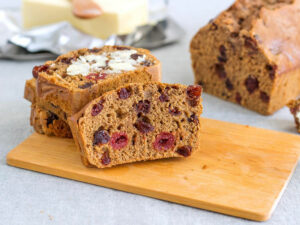

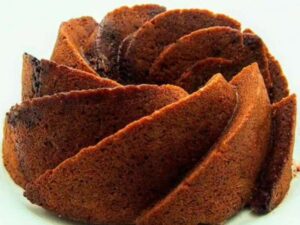
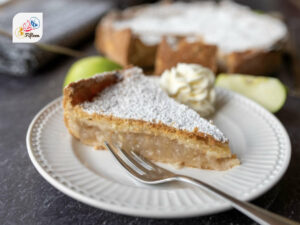
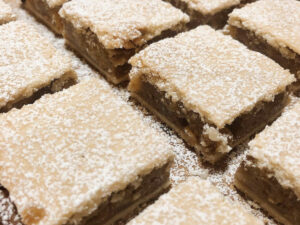
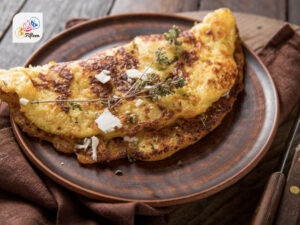
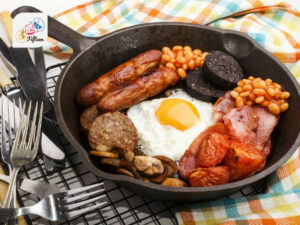
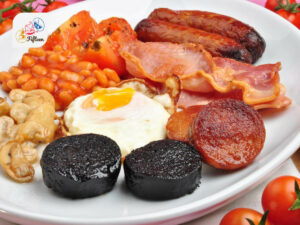
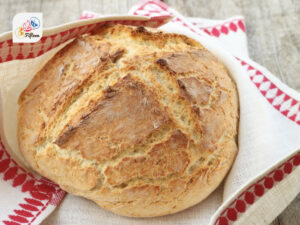
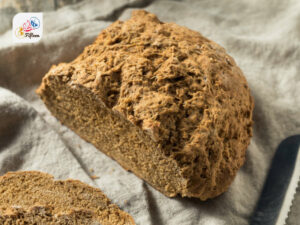
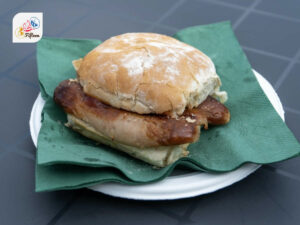
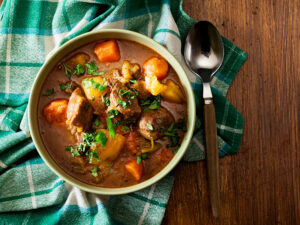
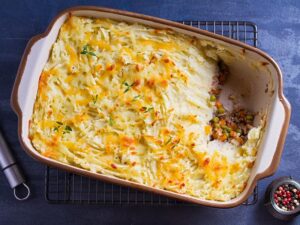
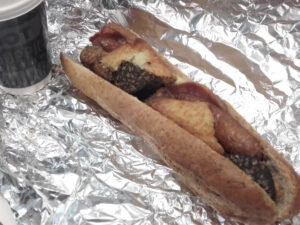
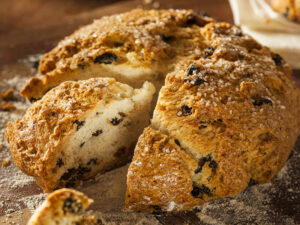
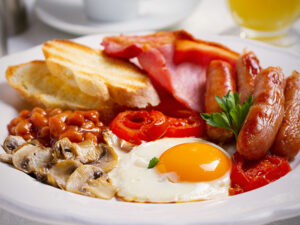
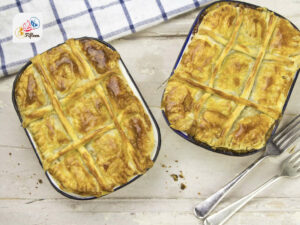
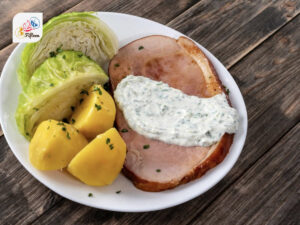
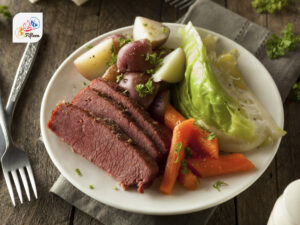
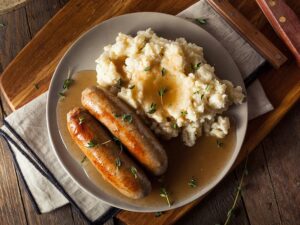
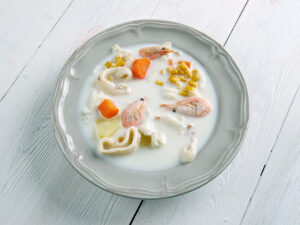
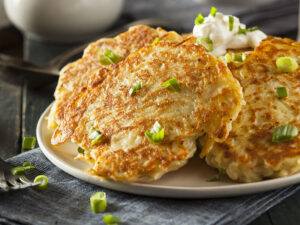
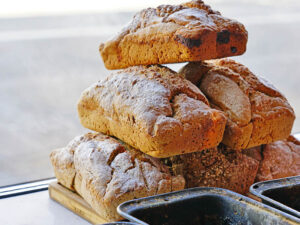
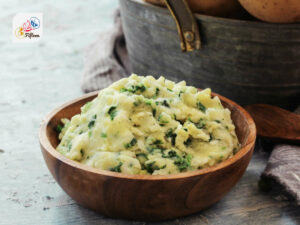
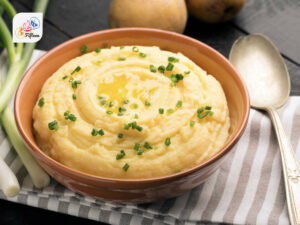
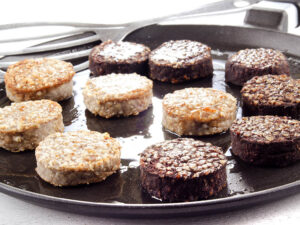
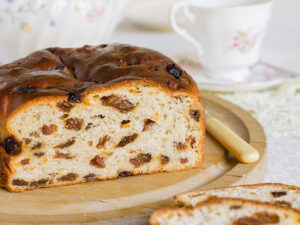
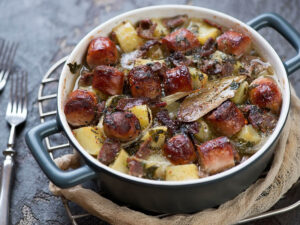
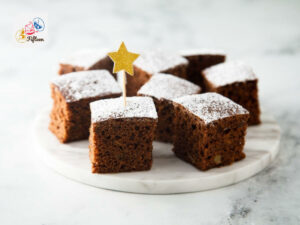
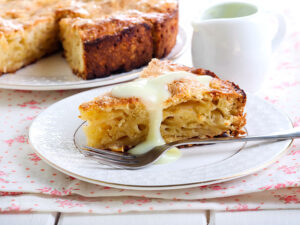
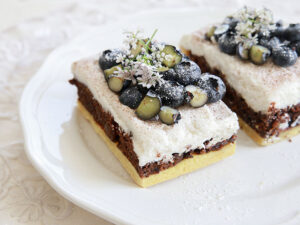
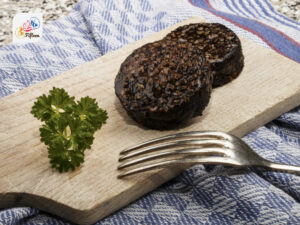
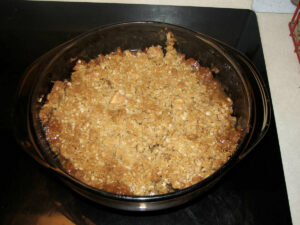
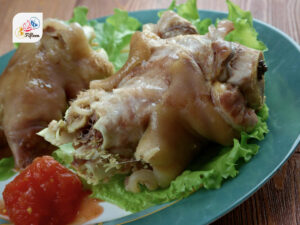
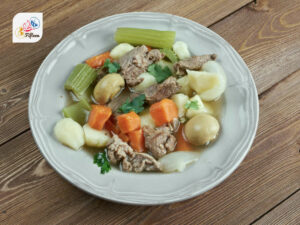
Jamie Scott
Editor in Chief, Senior Content Writer
Expertise
Home Cooking, Meal Planning, Recipe Development, Baking and Pastry, Food Editor, Cooking-video Maker, Western Food Evaluation Expert
Education
Le Cordon Bleu College of Culinary Arts
Local Community College, New York, NY
Jamie Scott is a skilled culinary expert and content creator specializing in Western cuisine. With over 15 years in the culinary field and formal training from Le Cordon Bleu, Paris, Jamie deeply understands how to blend nutrition with delicious flavors. His passion for cooking matches his commitment to making healthy eating accessible and enjoyable.
On Fifteen.net, Jamie brings a fresh perspective to classic dishes and beverages, offering readers insightful recipes, cooking tips, and a fresh view on meal planning that emphasizes taste, health, and simplicity.